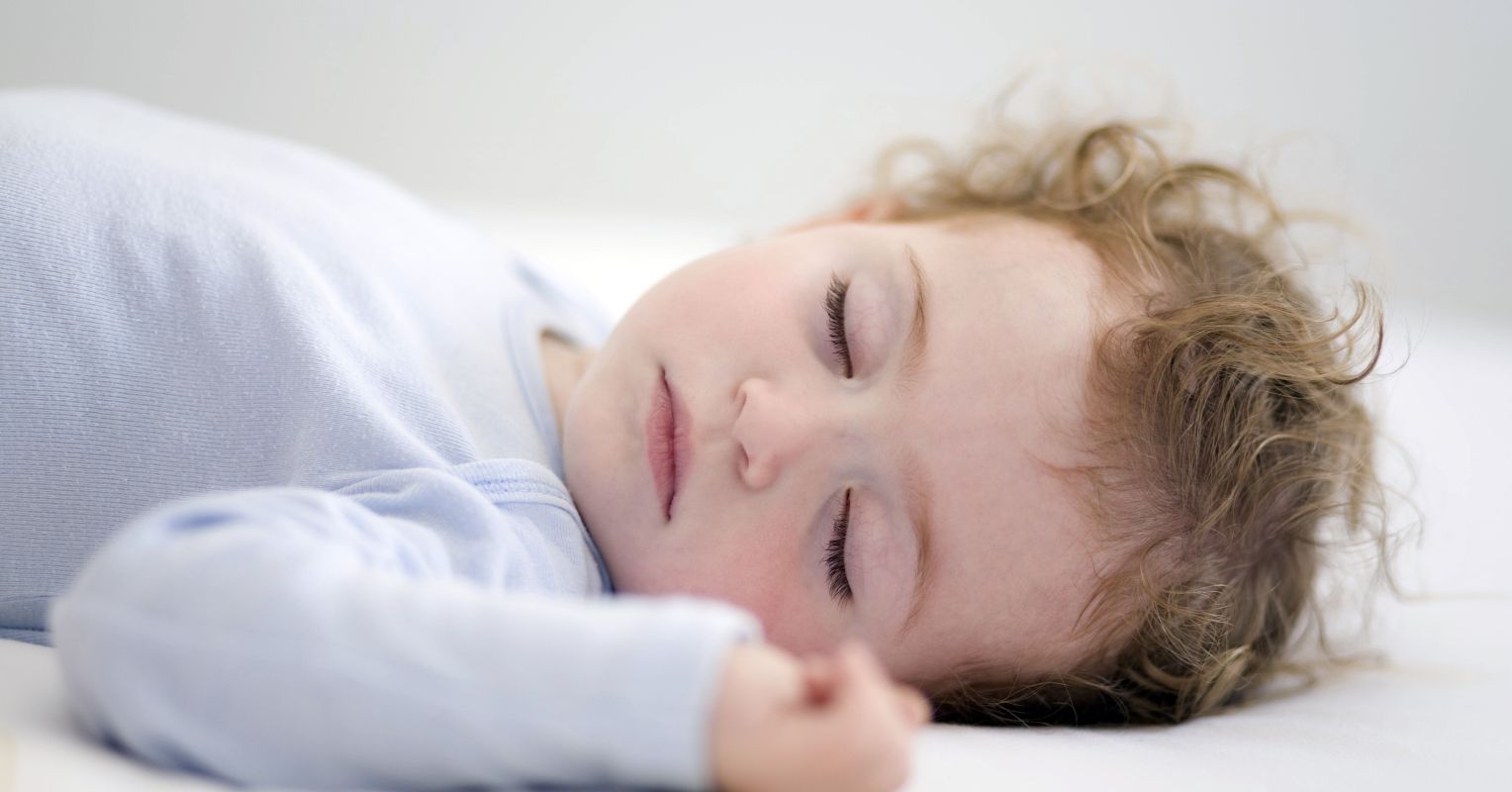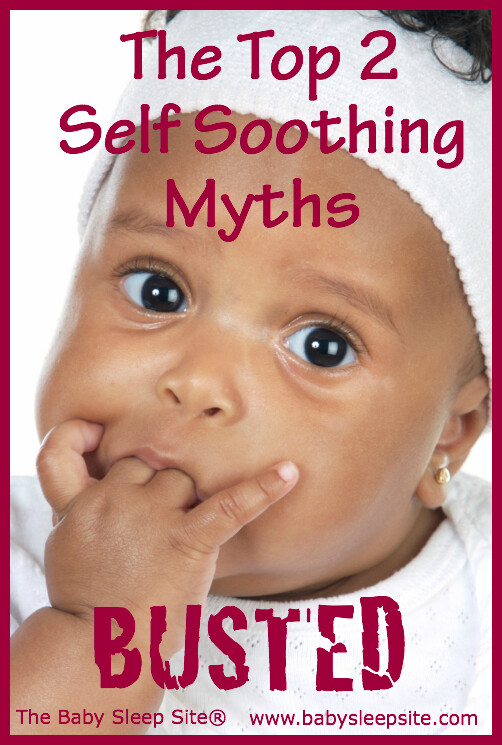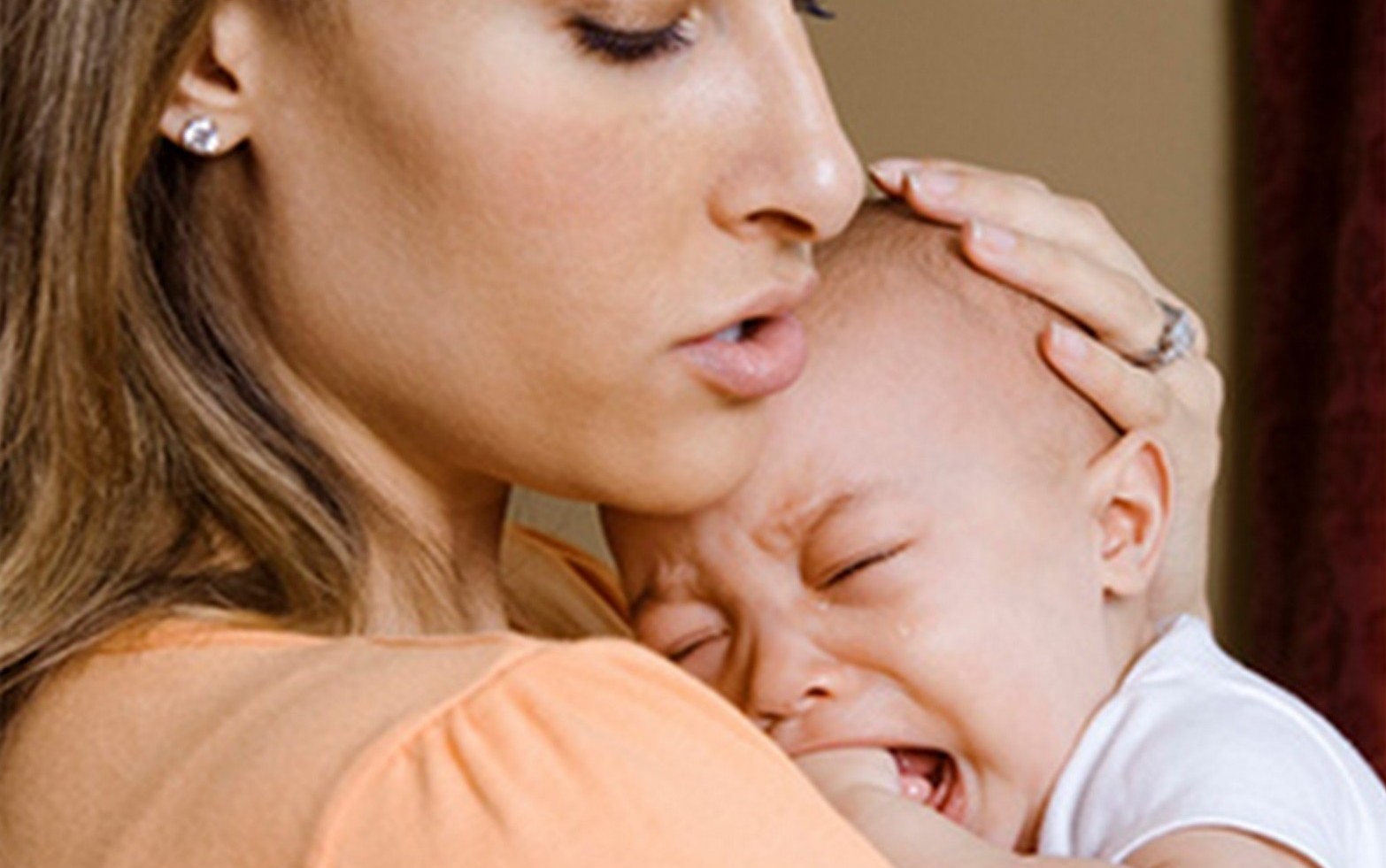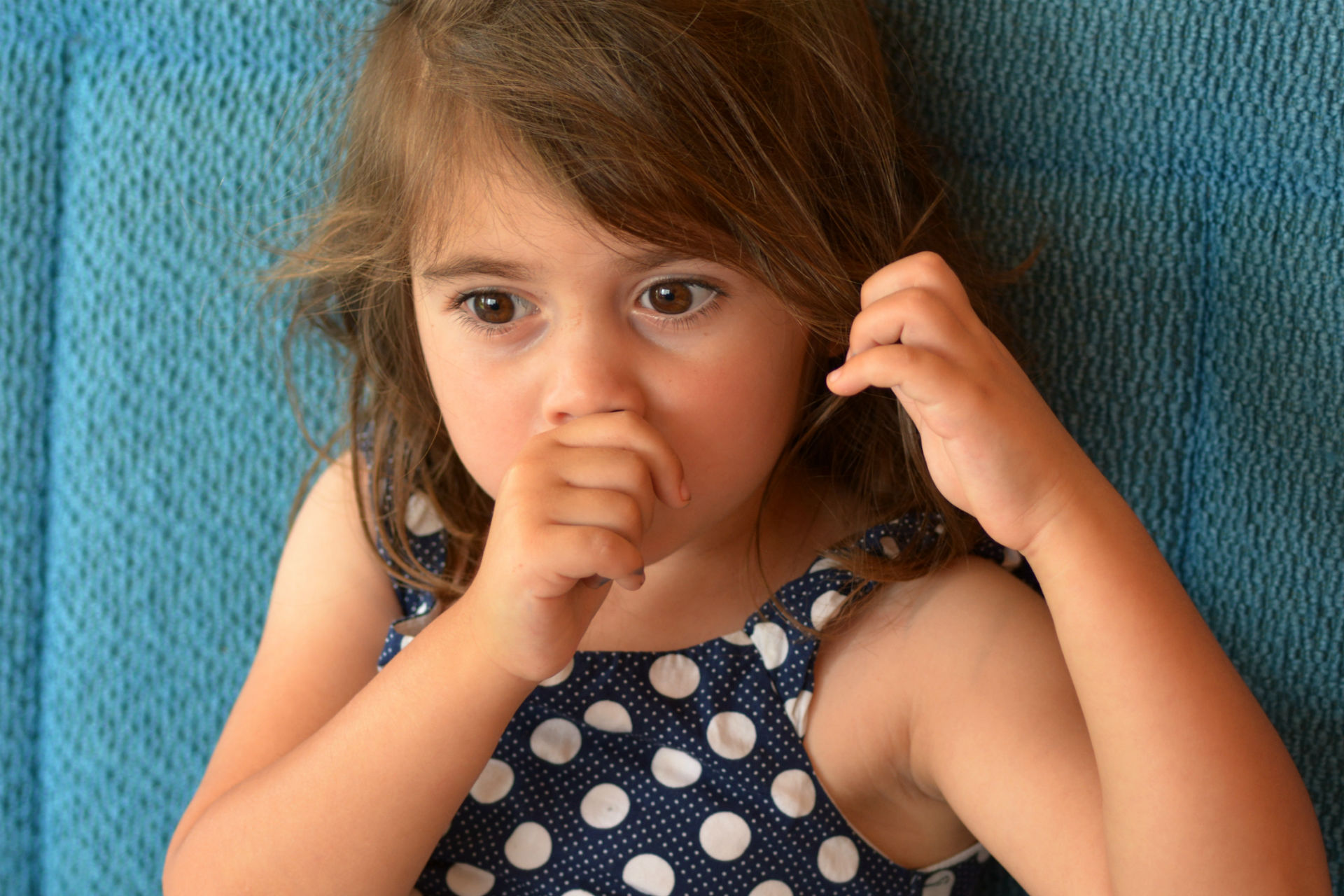self soothing baby psychology
Self-Soothing is when you engage in activities designed to help you reduce your distress or overwhelm by using the five senses to calm yourself down. Many experts tell sleep deprived parents how vitally important it is to teach the skill of self soothing.

Letting Babies Cry The Facts Behind The Studies La Leche League Gb
Research into self-soothing techniques for adults is a relatively new area but there are some interventions that are attracting increasing attention from psychology and neuroscience researchers including havening DBT and somatic experiencing techniques.

. One of the skills a young child must learn is to comfort himself when he is. So many parents and experts alike advocate the idea of teaching a baby to self settle or self soothe. Quieter disinterested in surroundings eyes less focused yawning less movement of arms and legs droopy eyelids thumb sucking and.
Our senses help to ground us in reality. Babies can absolutely self soothe in fact babies as young as a week old are capable of sucking on their fists when distressed or hungry. It might be said that self-soothing is self-soothing period.
Learn Self Soothing Techniques to Help Your Baby Sleep Better Quicker If youve been wondering how to teach your baby to self-soothe chances are youre ready to explore the idea of sleep training. Home Sleep training research highlights the myth of self-soothing. What do we do for it.
For him self-soothing is the enhanced developmental ability to intentionally seek out the social interaction that is an infants main source of comfort and relief from stress. In other words self-soothing in babies is not a solitary pursuit of sleep independence its part of the beginning of active involvement in social engagement. Swaddle it feed it sit in a dark room and cuddle it while we rock it to sleep with shushing noises.
Indeed we learn many of our self-soothing patterns when we are babies. Self-Soothing Tool Kit In Dialectical Behavioral Therapy creating an actual physical toolkit for self-soothing is a common therapeutic intervention. Self soothing with the senses.
Self-soothing means that a baby is able to fall asleep or return to sleep after waking on their own with little or no crying. Think about when a baby is overtired and gets worked up. Calming the Amygdala and Reducing the Effects of Trauma.
Self soothing is often referred to as the holy grail of baby sleep once babies can self soothe parents are told to expect uninterrupted nights and easier bedtimes. Sleep training research highlights the myth of self-soothing. Sleep training is sold as being beneficial not just to the sleep deprived parent but also to the baby who apparently learns to self-soothe.
Many parents start noticing their infant demonstrating self-soothing behaviors by 3 to 4 months. The ability to relax calm down and go to sleep or fall back asleep and regulate their own emotions without the help of. A developmental milestone that cant be rushed.
The study published in Developmental Psychology supports the idea that a majority of infants over 6 months old are best left to. The ability to comfort ones self or to self-soothe is learned from infancy by interacting with a caregiver who gives the. The last part of the brain to mature is the neocortex.
These expert soothing techniques and tips are what you need. By 6 months most infants are capable of going 8 or more hours without needing a feed in the night. It is a developmental milestone and doesnt happen until the brain is mature enough to do so.
And that when youre feeling over-stressed out-of-sorts or on-edge you have every right to. Self Comforting is the ability to calm ones self when faced with a stressful situation or when in a state of high arousal. Keep reading for Miriams explanation.
The skill of self soothing is referring to the ability to regulate ones own emotions. It is the rational or analytical part of our brain that enables us to assess a situation and mediate our response. Whether a baby can self-soothe may depend on their age temperament.
Matthiesen et al 2001. When a baby gets scared and a parent holds and comforts him the baby builds expectations for soothing which get integrated into the ability to self-comfort. Nissen et al 1995.
However the lead researcher Wendy Middlemiss of a recently published study provides evidence that although. How Infants Toddlers and their Parents Can Get a Good Nights Sleep HarperCollins 1997. The skin-to-skin contact between mother and infant after birth is.
In an effort to help more parents and their children sleep Mindell outlined her bedtime self-soothing strategies and other research in the book Sleeping Through the Night. The action of a young child ceasing to cry without being comforted by a parent or carer in particular when left to fall asleep on their own. Self-soothing is often discussed in the context of childhood development.
Babies dont self-comfort in isolation. While this can be taken as a hunger cue this is also the babys way of regulating and decreasing stress. The maternal release of oxytocin is induced by activation of sensory nerves in the skin which are activated by touch warmth and stroking in connection with skin-to-skin contact with the baby and also by massage-like hand movements performed by the baby.
When we pay attention to our senses we inhabit our body fully- which helps stop us dissociating. Of a baby to stop crying and become calm without the help from an adult and to make yourself calm or happy Cambridge Dictionary. Written by Karyn Hall PhD on April 3 2012.
Have a baby who wont calm down who fusses all night long who cries and cries. The idea is that you use different items to connect to all five of your senses to reground you in your body and the present moment. If baby cries after you place them in the crib use shushing sounds to soothe baby and.
Once your baby is between 4-6 months old they are likely ready to self-soothe which basically means they will be ab. A warm bubble bath with lavender or a hot chamomile tea can really help calm our emotions and by doing this for ourselves we act out of self love. Yet self-soothing skills are essential for self-regulation and adult mental health.
Its an instinctual behavior. It is believed that when we are soothed by care-givers we internalize this soothing and learn how to do it for ourselves Wright 2009. Some fo the definitions of self-soothing include.

Is Self Soothing The Biggest Con Of New Parenthood Raised Good

Finding Some Middle Ground In The War On Sleep Training Psychology Today

Learning To Self Soothe And Surrender The On Being Project

Harvey Karp S Happiest Baby Method For Baby Sleep And Soothing Babycenter

The Top Baby 2 Self Soothing Myths Busted The Baby Sleep Site

Self Soothing Baby Benefits Behaviors And Techniques By Age

Is Self Soothing The Biggest Con Of New Parenthood Raised Good

Sleep Training Research Highlights The Myth Of Self Soothing The Way Of The Peaceful Parent

Self Soothing Baby Benefits Behaviors And Techniques By Age

Soothing Techniques For A Happy Baby The Ivy Academy Of Early Learning

The Truth About Infant Self Soothing Janet Lansbury

What To Do When Self Soothing Behaviours Become A Problem Parentscanada

The Truth About Infant Self Soothing Janet Lansbury
Self Soothing 101 Soothe Your Anxieties Away Clarity Clinic

Sleep Training Research Highlights The Myth Of Self Soothing The Way Of The Peaceful Parent

When Can Babies Self Soothe They Learn Quicker Than You Think

No Tears Self Soothing Effective Baby Sleep Techniques For Settling Well And Sleeping Through The Night By Heidi Holvoet

When Baby Sleep Training Goes Wrong The Risks Of Controlled Crying Pinky Mckay Official Website

Extinction Sleep Training The Role Of Distress Evolutionary Parenting Where History And Science Meet Parenting